Home>Garden Essentials>Garden Storage>A Wiltshire Garden With Fork and Flair
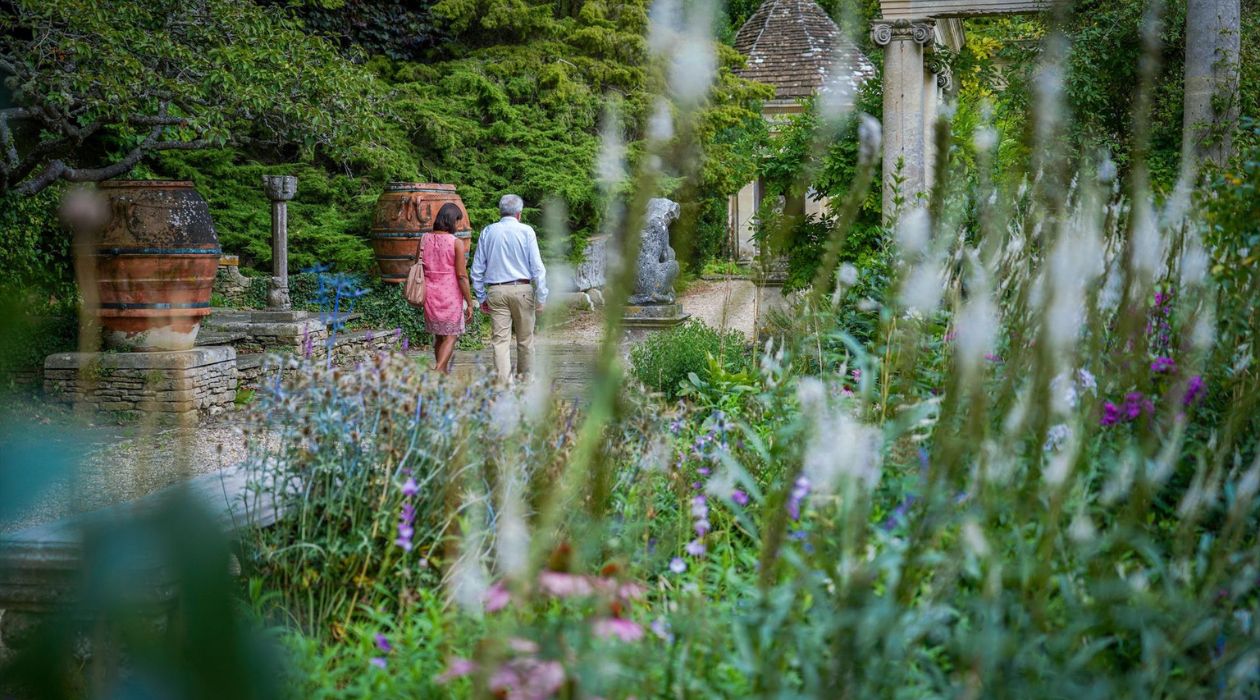

Garden Storage
A Wiltshire Garden With Fork and Flair
Modified: January 20, 2024
Discover a stunning Wiltshire garden boasting impressive form and flair. Find inspiration for stylish storage solutions and enhance your outdoor space today.
(Many of the links in this article redirect to a specific reviewed product. Your purchase of these products through affiliate links helps to generate commission for Storables.com, at no extra cost. Learn more)
Introduction
Welcome to the enchanting world of Wiltshire gardens, where form and flair harmoniously blend to create a captivating outdoor oasis. Nestled in the heart of this picturesque English county, lies a garden that epitomizes the artistry and beauty of landscaping. With its rich history, meticulous design, diverse plant selection, and thoughtful features, this garden has become a haven for nature enthusiasts, a source of inspiration for aspiring gardeners, and a beloved retreat for visitors.
Stepping into this garden is like entering a painting come to life. Every element, from the carefully curated flowers to the meticulously placed pathways, has been thoughtfully designed to create a sense of awe and wonder. As you wander through the winding trails, you will be greeted by a symphony of colors, textures, and scents that captivate the senses and stir the soul.
But this garden is more than just a feast for the eyes. It also tells a story – a story of the region’s rich history and the people who shaped it. The garden’s design pays homage to the traditional English landscapes of the past, while incorporating modern elements and innovative techniques. It is a testament to the fascinating interplay between tradition and innovation, where the old and the new coexist in perfect harmony.
As you explore further, you’ll discover that this garden is not just a static piece of art, but a living, breathing ecosystem. It is home to a diverse array of wildlife, from fluttering butterflies to chirping birds. Carefully placed bird feeders and nesting boxes provide a haven for our feathered friends, while strategically placed flower beds attract bees and other pollinators. It is a sanctuary where nature thrives, reminding us of the importance of preserving and nurturing our delicate ecosystem.
Caring for this garden is a labor of love. From the skilled gardeners who meticulously prune and tend to the plants, to the conservators who ensure the preservation of the historic features, every detail is meticulously attended to. The changing seasons bring new challenges and opportunities, from the vibrant spring blooms to the fiery hues of autumn. Each season brings a unique beauty and a new set of tasks, ensuring that the garden is constantly evolving and captivating visitors throughout the year.
In this article, we will delve deeper into the history, design principles, plant selection, garden structures, wildlife accommodations, and seasonal maintenance that make this Wiltshire garden a true masterpiece. Join us on this journey as we explore the form and flair that define this captivating oasis.
Key Takeaways:
- Immerse yourself in the captivating world of Wiltshire gardens, where meticulous design, diverse plant selection, and thoughtful features create a harmonious oasis that tells a story of tradition and innovation.
- Experience the transformative power of nature in this Wiltshire garden, where form and flair harmonize to create a captivating sanctuary for wildlife and a serene haven for visitors throughout the changing seasons.
The History of the Garden
To truly appreciate the magic of this Wiltshire garden, one must delve into its fascinating history that spans centuries. The origins of the garden can be traced back to the 18th century, when the property was acquired by a prominent aristocratic family. Inspired by the natural beauty of the surrounding landscape, they embarked on a mission to create a garden that would reflect their status and love for horticulture.
Under the guidance of renowned landscape architects and garden designers, the family transformed the once modest grounds into a sprawling garden of grandeur. The principles of formal landscaping were employed, with tightly clipped hedges, symmetrical patterns, and carefully laid out pathways. The garden became a symbol of wealth, taste, and sophistication, and attracted visitors from far and wide.
Over the years, the garden underwent several transformations, each influenced by the prevailing design trends of the era. In the 19th century, the introduction of the picturesque landscape movement brought about a shift towards a more naturalistic style. Sweeping lawns, meandering streams, and strategically placed trees and shrubs created a sense of harmony with the surrounding countryside.
However, it was in the early 20th century that the garden truly came into its own. The family enlisted the expertise of a visionary garden designer who embraced the Arts and Crafts movement, which promoted craftsmanship, simplicity, and a connection to nature. This designer sought to create a garden that was not just aesthetically pleasing, but also harmonized with the architectural elements of the estate.
Under their guidance, the garden underwent a radical transformation. The formal geometric layouts were softened, replaced by curvilinear paths and organic shapes. The emphasis shifted from showy flower beds to creating a cohesive tapestry of color and texture throughout the seasons. Delicate cascades of flowers spilled over stone walls, while enigmatic sculptures and hidden nooks added an element of surprise and intrigue.
As the garden continued to evolve, it embraced sustainable practices and environmental conservation. Today, it serves as a living testament to the changing attitudes towards gardening, from an extravagant display of wealth and status to a celebration of nature and its intricate beauty.
Visiting the garden today offers a glimpse into its rich history and the different design philosophies that have shaped it over time. It is a place where the past seamlessly blends with the present, paying homage to the visionaries who came before while embracing the ever-changing and evolving nature of gardening.
In the next sections, we will explore the design principles, plant selection, garden structures, wildlife accommodations, and seasonal maintenance that make this garden a truly unique and enchanting place.
Design Principles and Features
At the heart of this Wiltshire garden lies a meticulous design that effortlessly blends form and function. Every aspect of the garden has been carefully planned and executed, resulting in a visually stunning and harmonious landscape.
One of the key design principles that guided the creation of this garden is the concept of unity and coherence. The garden is divided into distinct areas, each with its own unique character and purpose, yet seamlessly flowing together to create a unified whole. Whether it’s the formal gardens near the main entrance or the wildflower meadows at the outskirts, every space feels connected and part of a larger narrative.
The use of color is another essential design element that adds depth and vibrancy to the garden. Throughout the seasons, a carefully curated selection of flowers and foliage creates a symphony of hues that change and evolve with the passage of time. From the delicate pastels of spring to the fiery reds and oranges of autumn, the garden is a visual feast that delights all who wander through its paths.
Texture also plays a significant role in the garden’s design, adding richness and tactile appeal. A diverse mix of plants, from the soft and feathery ferns to the rough and gnarled bark of ancient trees, creates a sensory experience that engages not only the eyes but also the sense of touch.
Within the garden, one can discover a myriad of enchanting features that add depth and intrigue to the landscape. Water features, such as serene ponds and bubbling fountains, provide a soothing ambiance and serve as focal points for contemplation. Charming bridges and archways create captivating vistas and guide visitors through the garden’s enchanting pathways.
Intimate seating areas are thoughtfully placed throughout the garden, allowing visitors to pause, reflect, and immerse themselves in the tranquil beauty that surrounds them. Whether nestled under a pergola adorned with climbing roses or tucked away in a secluded corner, these seating areas offer a respite from the hustle and bustle of daily life.
Another noteworthy feature of this garden is the integration of art and sculpture. Thoughtfully placed throughout the landscape, these artistic installations add a touch of whimsy and provoke contemplation. From abstract sculptures that seem to emerge from the flower beds to intricate mosaics that shimmer in the sunlight, each piece tells its own story and adds a layer of intrigue to the overall design.
As you wander through the garden, you’ll notice that the design seamlessly integrates with the surrounding natural landscape. Rather than overpowering the environment, the garden works in harmony with nature, utilizing the existing topography and vegetation to create a cohesive and immersive experience.
The design principles and features of this Wiltshire garden create an engaging and captivating landscape where every element has been carefully considered and thoughtfully executed. The union of these principles and features yields a truly remarkable and visually stunning space that delights the senses and invites exploration.
Plant Selection and Arrangement
The plant selection and arrangement in this Wiltshire garden is a testament to the artistry and expertise of the gardeners who tend to its every detail. Thoughtful consideration has been given to choosing a diverse range of plants that thrive in the local climate and create a visually stunning display throughout the seasons.
When selecting plants for the garden, a careful balance is struck between native species and exotic varieties. Native plants play a vital role in supporting local ecosystems, attracting native wildlife, and promoting biodiversity. These plants are selected for their ability to adapt to the local climate and soil conditions, requiring minimal intervention and maintenance.
Exotic plants, on the other hand, are chosen for their unique beauty and distinctive characteristics that add interest and diversity to the garden. These plants are carefully researched and selected to ensure they can thrive in the local climate without posing a threat to native flora and fauna.
The arrangement of plants in the garden follows a well-balanced and visually pleasing composition. The principles of color, texture, and form are taken into account to create cohesive and harmonious plant combinations. Vibrant flowering perennials are paired with contrasting foliage to create dynamic and eye-catching displays.
In addition to aesthetic considerations, the garden also features a selection of plants chosen for their ability to attract pollinators. These plants provide a vital source of nectar and pollen, supporting the local bee population and other beneficial insects. This commitment to supporting pollinators is not only beneficial for the garden ecosystem, but also contributes to the broader goal of conservation and environmental sustainability.
As you wander through the various areas of the garden, you’ll notice that the plant selection and arrangement are carefully tailored to the specific microclimates within each zone. Shaded areas feature plants that thrive in low-light conditions, while sun-drenched spots are adorned with sun-loving species. This attention to detail ensures that each plant has the best chance of flourishing and contributes to the overall beauty and diversity of the garden.
The garden also features a mix of annuals and perennials, ensuring that there is a continuous display of color throughout the year. While perennials provide a reliable backdrop, annuals are introduced to add seasonal flair and excitement. This rotating cast of flowers ensures that the garden is never static, constantly evolving and delighting visitors with new blooms and textures.
The plant selection and arrangement in this Wiltshire garden are a testament to the skill and passion of the gardeners who tend to its every need. With their expertise, they have created a botanical masterpiece that showcases the beauty and diversity of plants, while nurturing a sustainable and thriving ecosystem.
Consider incorporating different levels and textures in your garden design to add visual interest and create a sense of depth. This can be achieved through the use of raised beds, terracing, and a variety of plant heights and shapes.
Garden Structures and Features
Within this enchanting Wiltshire garden, a myriad of carefully designed structures and features adds depth, functionality, and visual interest to the overall landscape. These structures serve both practical and aesthetic purposes, seamlessly blending into the surroundings and enhancing the overall experience of the garden.
One of the notable garden structures is the charming pergola, strategically placed to create shaded walkways and seating areas. Covered in climbing roses or vibrant vines, these pergolas offer a respite from the sun and provide a romantic atmosphere. As you stroll under their arches, you are treated to the fragrant scent of blossoms and the dappled light filtering through the foliage.
Sturdy stone walls serve as both practical boundaries and artistic features within the garden. These walls not only delineate different areas of the garden but also create raised beds for planting. The aged and weathered stones add a touch of history and character, blending seamlessly with the surrounding landscape. The walls also act as a habitat for mosses, ferns, and other small plants, creating a microcosm of biodiversity within the garden.
Water features play a prominent role in enhancing the tranquility and beauty of the garden. Serene ponds filled with lily pads and elegant fountains that gently trickle create a soothing ambiance. The sound of water trickling and the reflections of plants and sky add an element of peace and serenity to the surroundings, attracting both human visitors and wildlife.
Charming bridges elegantly traverse the garden’s winding streams, adding a touch of whimsy and providing access to different areas of the garden. These bridges not only serve a practical purpose but also offer picturesque views and photo opportunities. They seamlessly blend with the natural landscape, evoking a sense of fairy-tale charm.
Throughout the garden, artistic sculptures and installations are strategically placed, adding focal points and intrigue. From abstract pieces that seem to emerge from the foliage to whimsical statues hidden among the flower beds, these sculptures invite contemplation and spark conversation.
Intimate seating areas offer moments of quiet reflection and an opportunity to immerse oneself in the beauty of the garden. From wrought-iron benches nestled under blooming trees to cozy nooks tucked away in secluded corners, these seating areas invite visitors to pause, unwind, and soak in the sights and sounds of nature.
Archways, adorned with climbing plants, create captivating entryways and draw visitors deeper into the garden. These arches serve as portals to new areas, giving a sense of discovery and inviting exploration. Walking through these archways feels like stepping into a new world, where each turn reveals new wonders.
By integrating these structures and features, this Wiltshire garden creates a cohesive and enchanting landscape. Each element has been carefully chosen and placed to enhance the overall design, providing both practical functionality and artistic flair. These structures and features layer the garden with intrigue, engaging all the senses and creating a truly memorable experience.
Read more: Farmhouse Flair: Modern Country Living
Accommodations for Wildlife
Within this captivating Wiltshire garden, a strong emphasis is placed on creating a haven for wildlife. Carefully planned accommodations and features have been integrated into the landscape, ensuring that the garden not only delights human visitors but also provides a flourishing habitat for a variety of creatures.
One of the key accommodations for wildlife is the provision of food sources. The garden boasts a diverse selection of plants that produce nectar, berries, and seeds, which serve as a vital food source for birds, butterflies, and other pollinators. Strategically placed bird feeders and nesting boxes further enhance the availability of food for avian species, encouraging them to make the garden their home.
Water features, such as ponds and birdbaths, offer a refreshing drink and bathing spot for birds and other small animals. These bodies of water are designed with gentle slopes to allow easy access for creatures to drink and bathe safely. The presence of water not only sustains wildlife but also creates a soothing ambiance within the garden, attracting a wide array of species.
Habitat diversity is another important aspect of accommodating wildlife. The garden features a mix of different plant species, including native grasses, wildflowers, and shrubs, which create a variety of microhabitats. These habitats provide shelter and nesting sites for insects, small mammals, and amphibians, allowing them to thrive within the garden ecosystem. Deadwood and leaf litter are purposefully left in some areas, providing homes for beneficial insects and fungi.
Butterfly and bee-friendly plants are specifically chosen to attract and support these essential pollinators. Delicate milkweed, vibrant coneflowers, and fragrant lavender are just a few examples of the nectar-rich plants that provide sustenance for these important insects. The garden also incorporates pollinator-friendly gardening practices, such as minimizing pesticide use and promoting organic methods, to ensure a healthy environment for these valuable creatures.
To further support wildlife, the garden features nesting sites for various species. Bird boxes, made from natural and non-toxic materials, are strategically placed throughout the garden, providing safe and secure spots for nesting and raising young. These shelters attract a variety of bird species, from songbirds to cavity-nesting species, contributing to the biodiversity and vitality of the garden.
The garden also takes into consideration the needs of nocturnal creatures. Bat boxes are installed in suitable locations, providing roosting spaces for these fascinating creatures. The garden’s design incorporates night-blooming plants that attract moths and other nocturnal pollinators, creating an ecosystem that thrives even after the sun goes down.
Through the thoughtful accommodations for wildlife, this Wiltshire garden has become more than just a place of beauty for humans; it has transformed into a thriving ecosystem that supports and sustains a rich diversity of flora and fauna. By valuing and nurturing wildlife, the garden not only contributes to the local ecosystem but also fosters a deeper connection with the natural world for all who visit.
Seasonal Maintenance and Care
Maintaining the splendor and vitality of this Wiltshire garden requires a commitment to seasonal maintenance and care. Throughout the year, the dedicated team of gardeners tend to every aspect of the landscape, ensuring that the garden remains in pristine condition and continues to flourish.
Spring is a season of rejuvenation and growth in the garden. As the days become longer and temperatures rise, the garden awakens from its winter slumber. The focus of spring maintenance is on tidying up after the winter months, clearing away debris, and preparing the soil for new plantings. The gardeners carefully prune shrubs and trees, removing any dead or damaged branches and encouraging healthy growth. They also cultivate the soil, adding organic matter to enrich its fertility and provide nutrients for the emerging plants.
With the arrival of summer, the garden bursts into full bloom, showcasing a riot of colors and scents. The gardeners intensify their efforts to ensure that the flowers remain vibrant, the pathways are clear, and the structures are well-maintained. Regular watering, weeding, and deadheading of spent blooms are essential tasks during this period. The gardeners also monitor for pests and diseases, implementing organic methods of control to protect the plants and minimize damage.
As autumn approaches, the garden undergoes a transformation with the changing foliage and the arrival of warm hues. This season brings a different set of maintenance tasks. The gardeners carefully collect fallen leaves, which are then composted and recycled to enrich the soil. They also trim back perennials and remove any dead or dying foliage, ensuring that the garden looks tidy and prepares for the winter months.
Winter may seem like a dormant season, but the garden still requires attention and care. The gardeners focus on pruning and shaping trees and shrubs, taking advantage of the leafless branches to carefully sculpt their forms. They also continue to monitor the garden for any signs of distress or damage caused by winter weather, such as frost or strong winds. Protective measures, such as mulching vulnerable plants or covering delicate structures, may be implemented during this time.
Throughout the year, the gardeners also engage in a regular schedule of soil testing and fertilization to ensure optimal plant health. They meticulously monitor the moisture levels in the soil, adjusting irrigation as needed to provide the right amount of water for each plant. Routine maintenance of garden structures and features, such as pergolas, bridges, and seating areas, helps preserve their functionality and aesthetic appeal.
The gardeners understand that nature is in a constant state of flux, and therefore, flexibility and adaptability are crucial. They stay attuned to the needs of the garden, responding to changes in weather patterns, pests, or disease outbreaks. Their expertise and experience allow them to make informed decisions and take proactive measures to protect and enhance the garden’s integrity.
In summary, the seasonal maintenance and care of this Wiltshire garden are meticulous and comprehensive. The gardeners’ commitment to nurturing and preserving the landscape ensures that it remains a captivating and thriving oasis throughout the year, captivating the senses and providing a sanctuary for visitors.
Conclusion
This Wiltshire garden, with its form and flair, is a true masterpiece that captivates and inspires all who have the privilege of experiencing its beauty. From its rich history to its meticulous design, diverse plant selection, thoughtful features, and accommodations for wildlife, this garden embodies the perfect blend of artistry, functionality, and conservation.
Stepping into this garden is like stepping into a world of wonder. The meticulous design principles and features create a harmonious and captivating landscape, where every element has been carefully considered. From the carefully curated plants to the charming structures and features, every detail works in harmony to create a visually stunning and serene environment.
The garden’s commitment to sustainability and wildlife conservation is commendable. The accommodations for wildlife, from bird feeders to nesting boxes to native plantings, ensure that the garden is not only a sanctuary for humans but also a thriving habitat for a variety of creatures. This focus on preserving and nurturing the delicate ecosystem adds another layer of beauty and purpose to the garden’s allure.
The seasonal maintenance and care bestowed upon this garden by the dedicated team of gardeners ensure its ongoing vitality and impeccable appearance. From spring to winter, they tend to every aspect of the landscape, embracing the ever-changing nature of gardening and responding to the needs of the garden at each season. Their expertise and commitment preserve the garden’s splendor throughout the year.
Visiting this Wiltshire garden is not just an opportunity to admire nature’s beauty but also a chance to connect with its transformative power. The garden offers a respite from the noise and busyness of everyday life, inviting visitors to immerse themselves in its tranquil ambiance and find solace in the wonders of the natural world.
In conclusion, this Wiltshire garden with form and flair is a testament to the artistry, passion, and dedication of those who have shaped it over the centuries. It is a living masterpiece that celebrates the harmony between humans and nature, where every plant, structure, and feature tells a story and contributes to the garden’s captivating allure. Whether you are a nature enthusiast, a gardener, or simply someone seeking a moment of tranquility, this garden is a true haven that will leave an indelible impression on your heart and mind.
Frequently Asked Questions about A Wiltshire Garden With Fork And Flair
Was this page helpful?
At Storables.com, we guarantee accurate and reliable information. Our content, validated by Expert Board Contributors, is crafted following stringent Editorial Policies. We're committed to providing you with well-researched, expert-backed insights for all your informational needs.

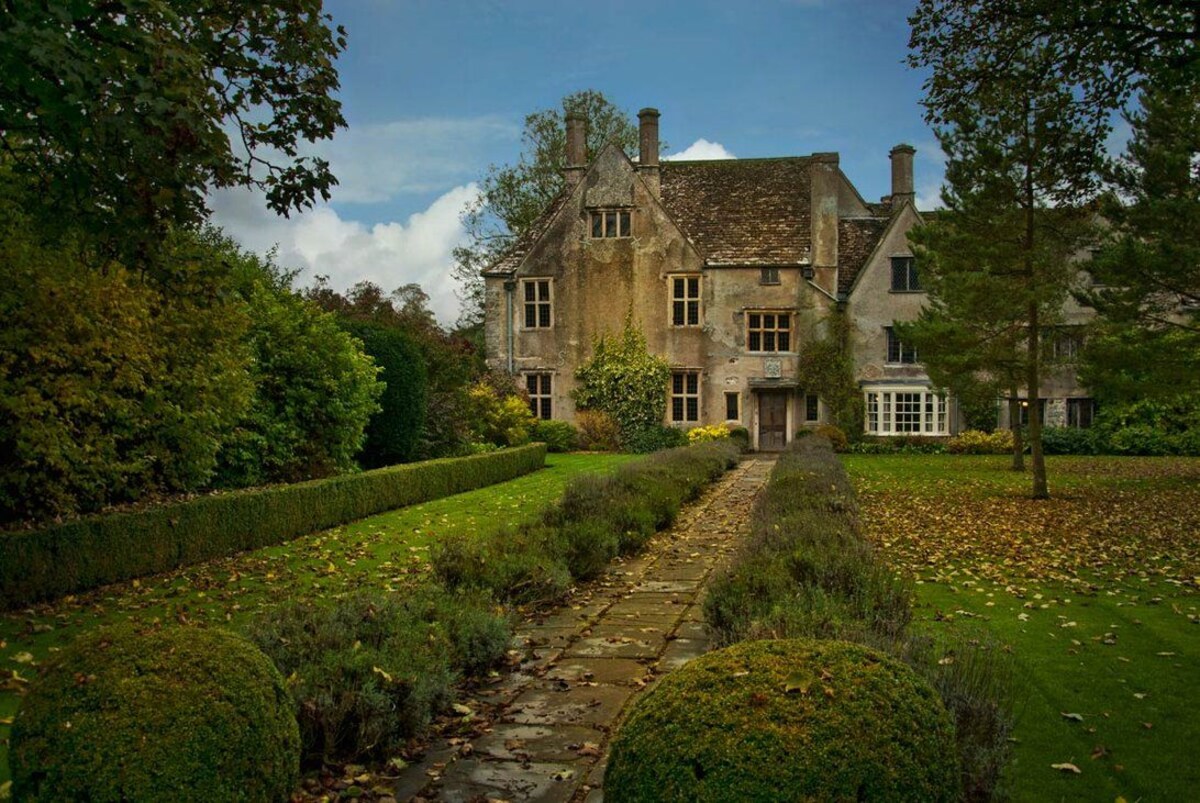


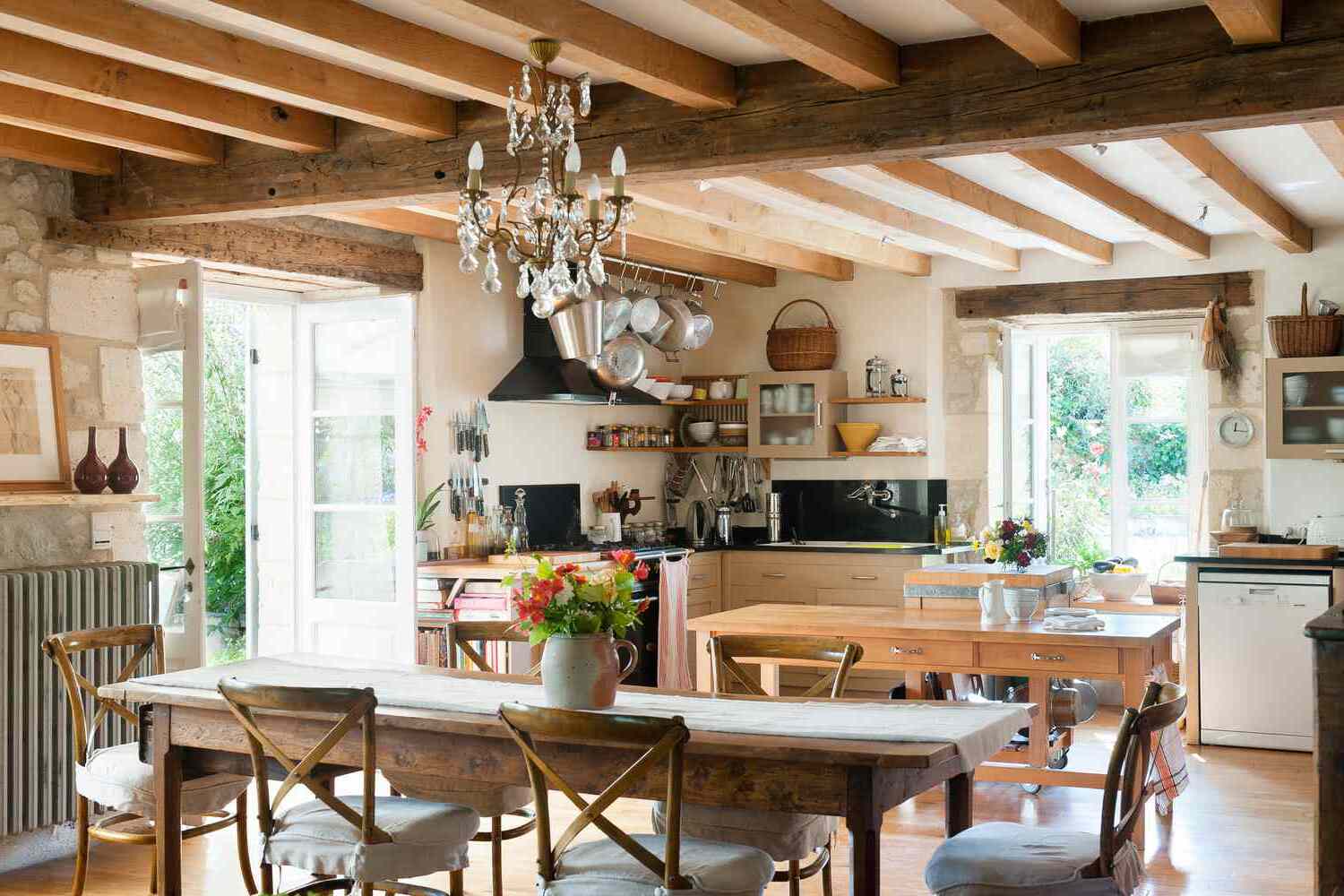
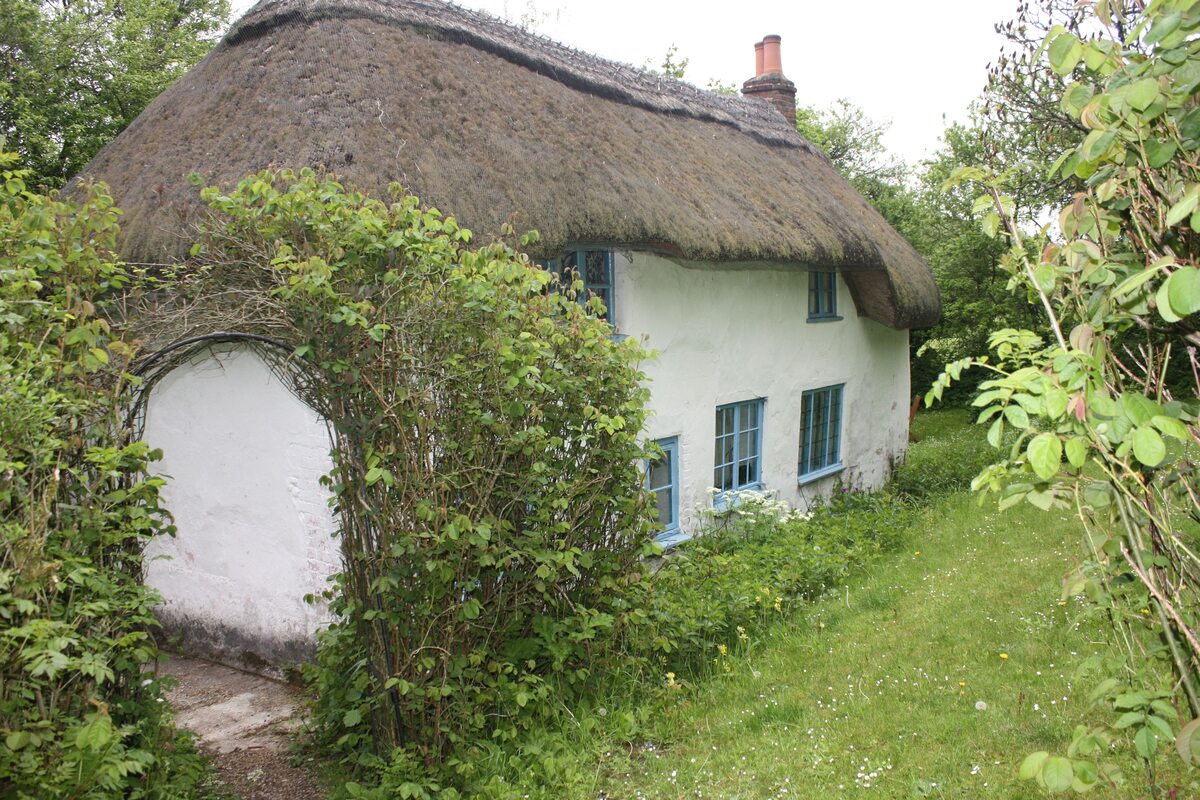

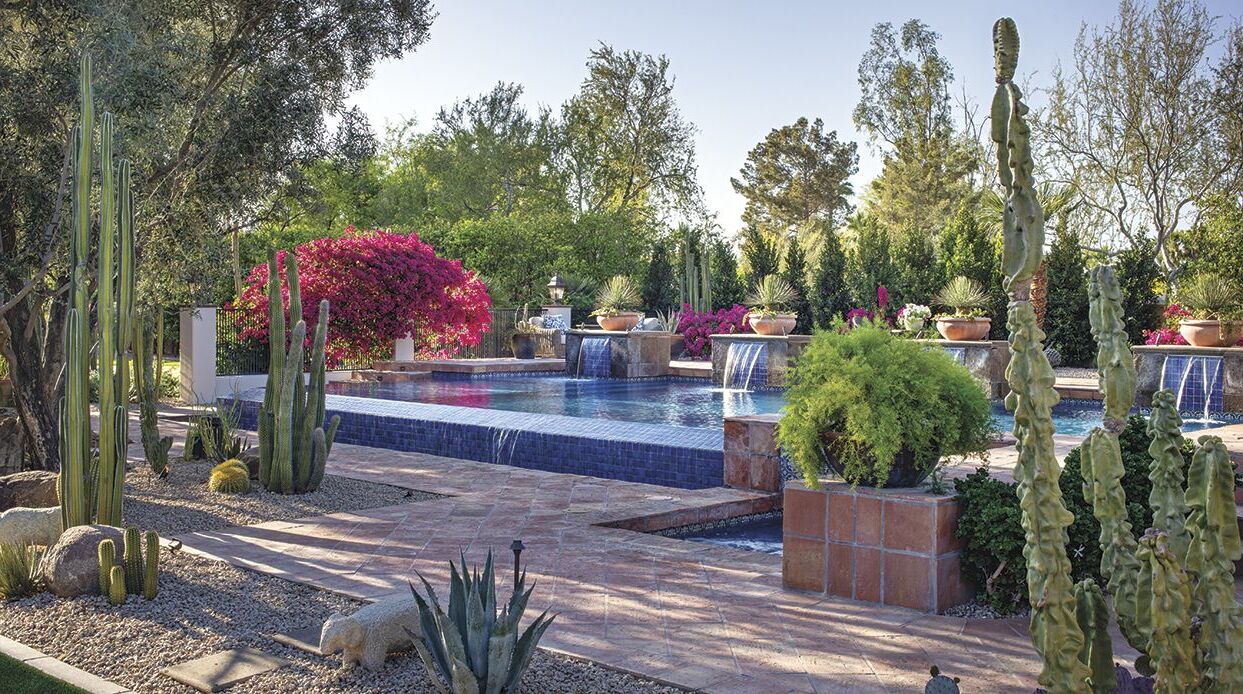

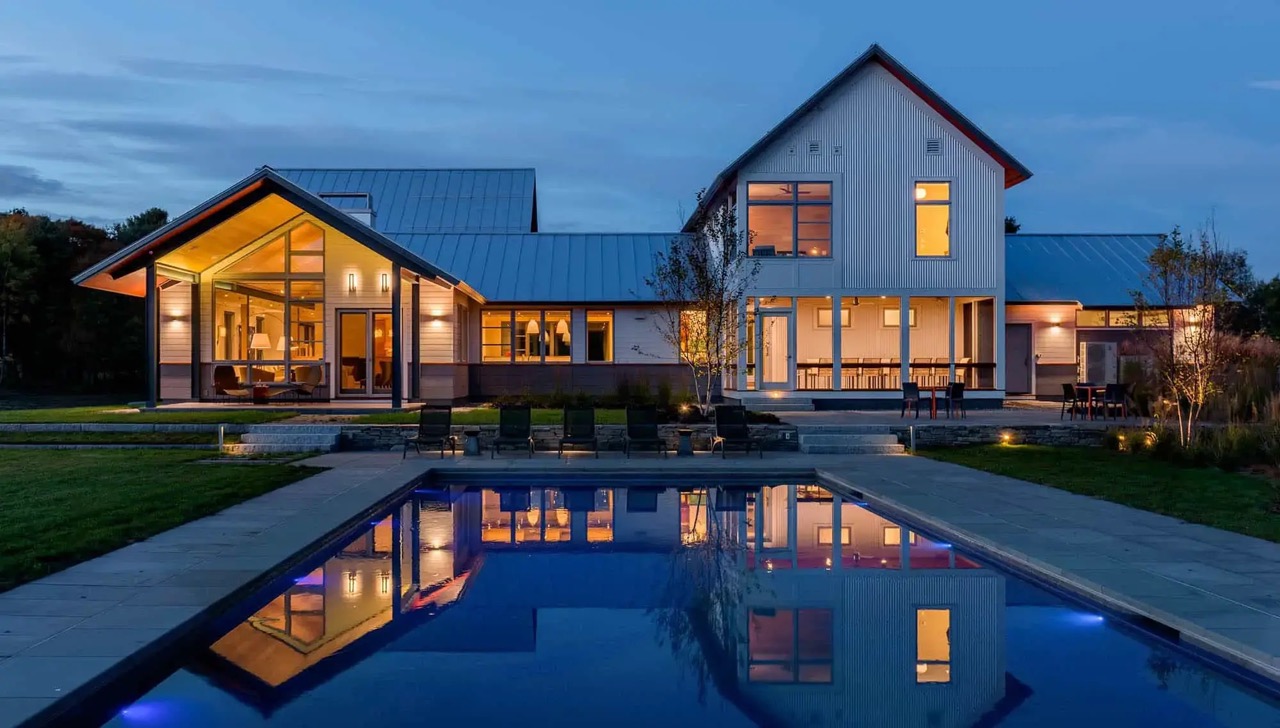
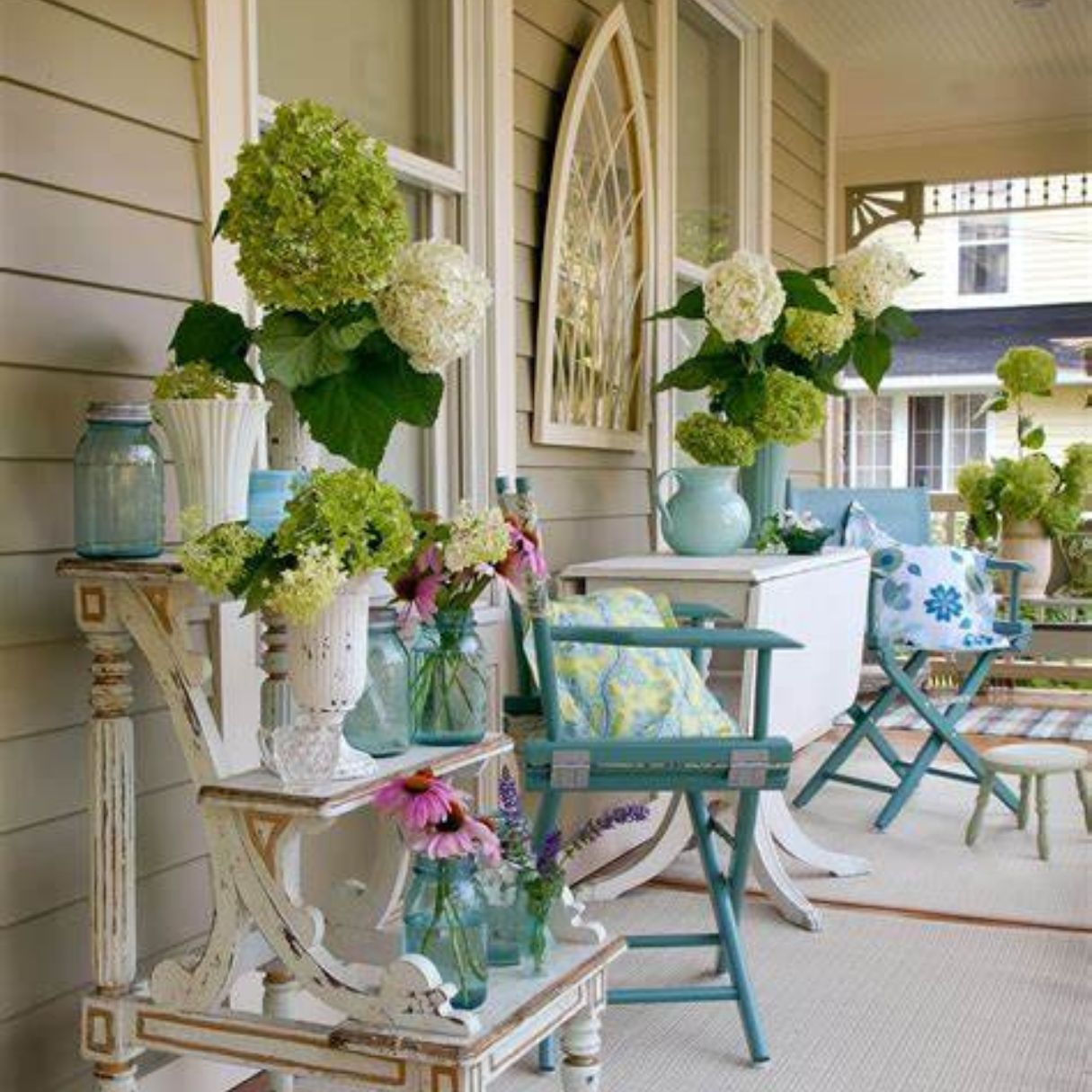

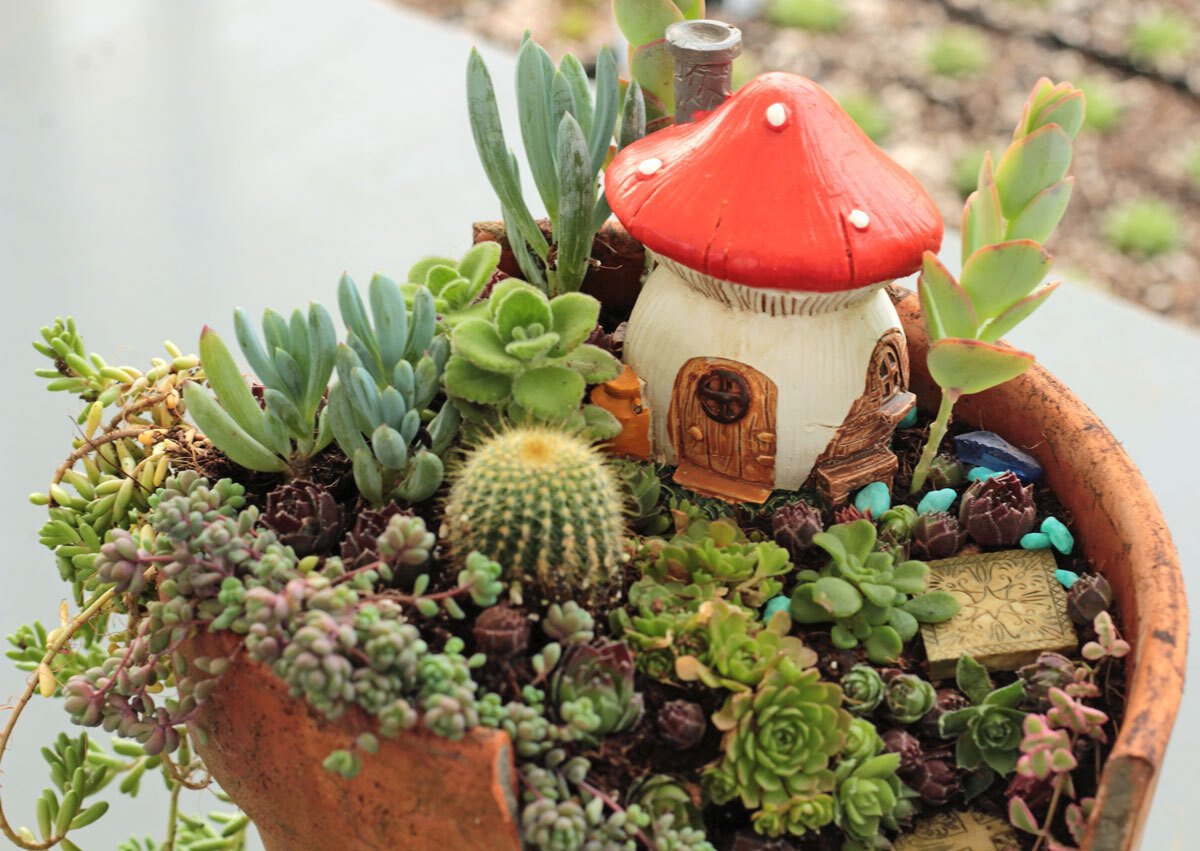
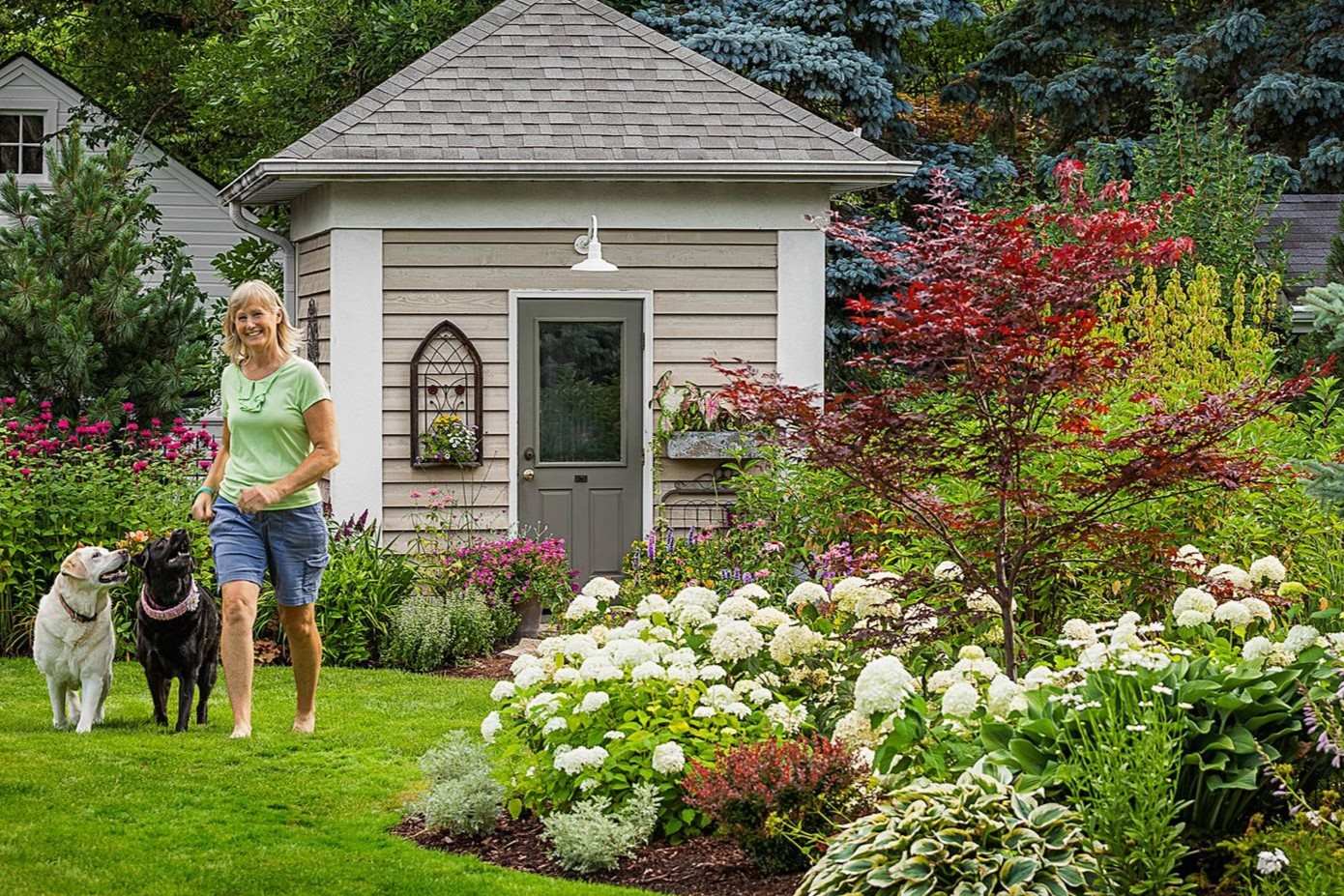

0 thoughts on “A Wiltshire Garden With Fork and Flair”